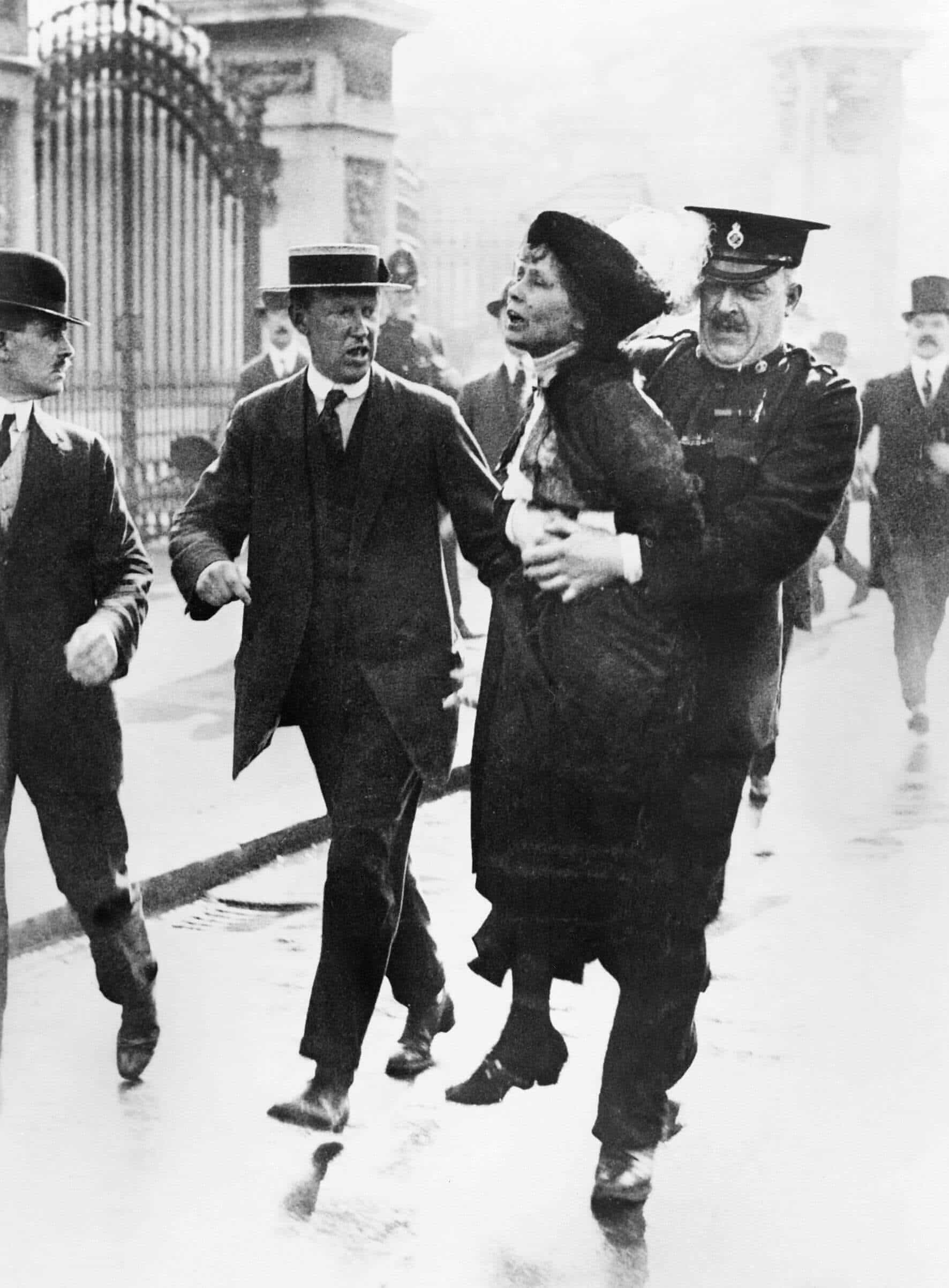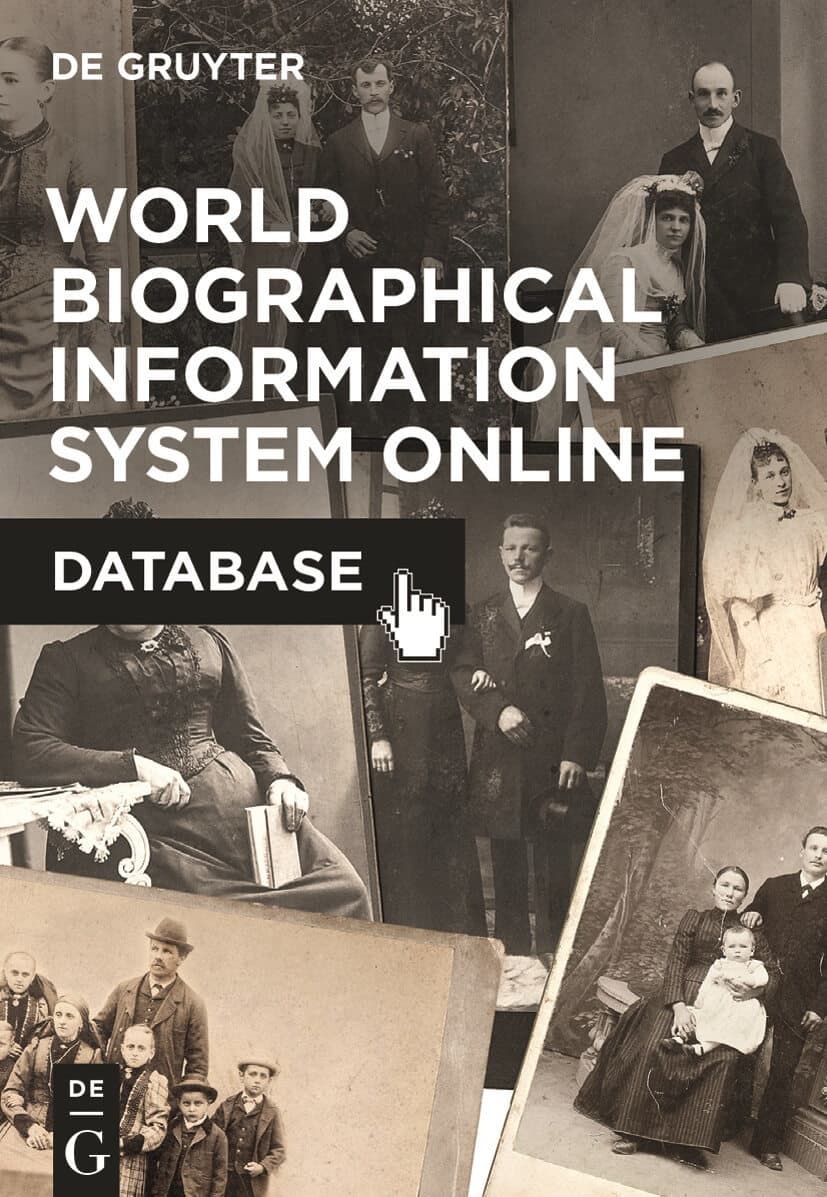Emmeline Pankhurst, Suffragette and Women’s Rights Icon
Emmeline Pankhurst has come to symbolize the fight for female suffrage in Britain and around the world - although some historians consider the militancy of the suffragette movement may have hindered the eventual granting of the vote for women.
Born Emmeline Goulden on July 14, 1858, Emmeline was the daughter of a Manchester cotton manufacturer. Educated at private schools in Manchester and Paris, she married Richard Marsden Pankhurst in 1879. He was a barrister and a supporter of socialism and women’s rights, having helped to draft the Married Women’s Property Acts of 1870 and 1882.
Initially supporters of the Liberal Party, the Pankhursts abandoned it in frustration over its lack of interest in the issue of female suffrage. They then went on to support the Fabian Society and were among the earliest members of the Independent Labour Party (ILP).
Emmeline was elected a poor law guardian in 1894 and a school-board member in 1900. She had two daughters in addition to Christabel, Sylvia Pankhurst and Adela, and two sons, one of whom died in childhood whereas the other, Harry, died as a young man. Her husband died in 1898.
“Despite her varied political interests, Emmeline’s main passion always remained votes for women.”
Despite her varied political interests, Emmeline’s main passion always remained votes for women. She had been one of the founders of the Women’s Franchise League. But she was impatient with the overall slow rate of change, the refusal of the ILP to prioritize the issue, and the seeming lack of progress made by peaceful movements such as Millicent Fawcett’s National Union of Women’s Suffrage Societies (NUWSS).
At the urging of Christabel, also an ardent supporter of votes for women, mother and daughter founded the the Women’s Social and Political Union (WSPU) in 1903. Sylvia soon came to work for the WSPU as well. The organization advocated militant tactics and its followers were know as the suffragettes, to distinguish them from non-militant suffragists such as those of the NUWSS.
“The WSPU advocated militant tactics and its followers were know as the suffragettes, to distinguish them from non-militant suffragists.”
an Activist’s Life
The WSPU first gained notoriety in 1905 when Christabel and a friend were arrested after heckling the speaker at a Liberal Party meeting. Emmeline, believing that there was no such thing as bad publicity, soon moved the WSPU to London in order to attract more attention and support.
Emmeline placed herself on the front line of the campaign, never shying away from putting herself in danger or at risk of arrest. She was arrested for the first time in 1908 after breaking into the lobby of the House of Commons and urging other supporters to follow her example. She was sentenced to three months in prison.
After her release, the WSPU stepped up its campaign of violence against property, with members breaking windows and setting fire to the contents of pillar boxes. They conducted untruly demonstrations and chained themselves to public buildings. Most famously, Emily Wilding Davison became a martyr to the cause when she threw herself beneath the king’s horse at the 1913 Derby.
You are currently viewing a placeholder content from YouTube. To access the actual content, click the button below. Please note that doing so will share data with third-party providers.
In 1912 Emmeline was arrested again on a charge of conspiracy to commit damage after a window-smashing spree. She was given a nine-month sentence and, like other suffragettes, promptly went on hunger strike while in prison. The following year, not long after she had been released, she was convicted of bombing Lloyd George’s house and was again sentenced, this time to three years.
Imprisonment and Hunger Strike
By this point the government had passed the “Cat and Mouse” Act, so when Emmeline began her hunger strikes again she found herself released and then re-arrested after her health improved. Over the course of the year she was re-arrested twelve times under the act, but eventually served only about thirty days of her sentence.

With the outbreak of World War I the WSPU agreed to suspend its campaign and aid the war effort, which redeemed it somewhat in the eyes of its critics. All suffragettes were released from prison. At the war’s end in 1918 the WSPU gained a partial victory when married women and university graduates over the age of 30 were finally given the right to vote in parliamentary elections.
But after the success of 1918, Emmeline and Christabel retreated from public life in Britain. Bitterly disappointed by the failure of Christabel to become the first woman MP, Emmeline spent much of the early 1920s lecturing in Canada and the United States. She returned to Britain in 1926 and later was set to run as the Conservative candidate for Whitechapel, but died before she could begin the campaign.
Passing of the Equal Franchise Act
Just a month after her death, Parliament passed the Equal Franchise Act (1928), which granted the franchise to all British women over the age of 21.
Although some historians consider the militancy of the suffragette movement may have hindered the eventual granting of the vote for women, it is Emmeline Pankhurst, her daughters and the WSPU who are best remembered today and who have come to symbolize the fight for female suffrage in Britain.
This article is an excerpt from Pat Thane, Cassel’s Companion to Twentieth-Century Britain, 2001. It is one of the over 8.5 Million biographical sources included in the World Biographical Information System Online Database.
[Title Image by By LSE Library [No restrictions], via Wikimedia Commons]
